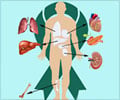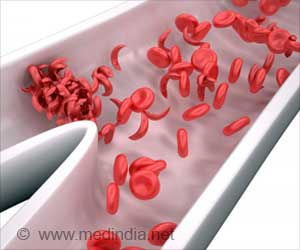A man was left with two beating hearts after surgeons performed a rare “piggyback” operation in an attempt to save his life.

‘Piggyback transplant is when the patient's diseased heart is left in place while the donor's heart is added giving the person two hearts.’





Cardiothoracic surgeon A Gopala Krishna Gokhale connected the healthy heart to the old failing organ during a seven-hour operation at Apollo Hospital in Hyderabad. His normal second heart, which is fist-sized, now sits between the right lung and the original heart, described as “the size of a small football”.
“Two hearts in the patient complement each other to facilitate circulation, but beat at different rates,” said Dr Gokhale.
The patient’s blood pressure returned to near-normal levels after the operation but he now has two pulses and a complex electrocardiogram pattern.
Piggyback Heart Transplant
Advertisement
Sometimes, during a heart transplant, simply replacing the ailing heart with a donor’s heart may not ensure normal functioning of the heart. This is because the new heart could not adjust fast enough to handle the excess pressure built up in the lungs and it may fail.
Advertisement
Worldwide only about 150 such procedures have ever been reported.
Piggyback heart transplants were pioneered by Christiaan Barnard in South Africa in the 1970s and the average survival for the procedure is ten years.
Source-Medindia










